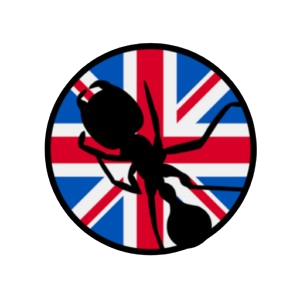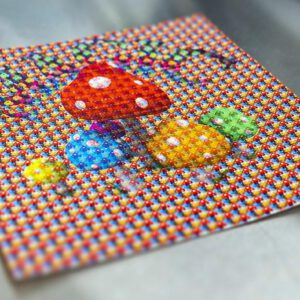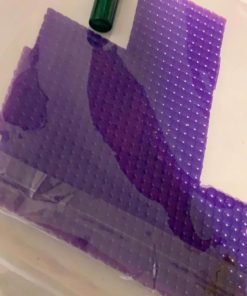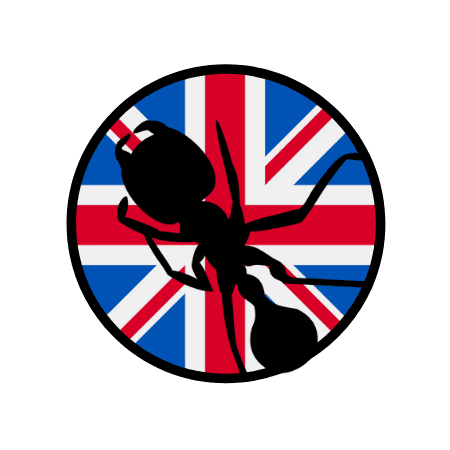Isopropylphenidate
Price range: £180.00 through £850.00
+ Free ShippingIsopropylphenidate has gained recognition for its stimulant properties and potential cognitive benefits. As a member of the phenidate family, it acts as a norepinephrine-dopamine reuptake inhibitor (NDRI), similar to methylphenidate, but with a longer duration and potentially fewer side effects.
Isopropylphenidate – Buy Isopropylphenidate Online with Confidence
Isopropylphenidate has gained recognition for its stimulant properties and potential cognitive benefits. As a member of the phenidate family, it acts as a norepinephrine-dopamine reuptake inhibitor (NDRI), similar to methylphenidate, but with a longer duration and potentially fewer side effects. If you’re seeking a research compound that offers sustained focus and stimulation, isopropylphenidate may be the solution.Heroin
Why Choose Isopropylphenidate?
Isopropylphenidate delivers stimulation, motivation, appetite suppression, and mental clarity. Users often report increased focus with fewer intense euphoric spikes, making it a popular option for productivity enhancement and long-term research. It outperforms methylphenidate in terms of oral bioavailability, thanks to its reduced breakdown by CES1 enzymes. This feature enhances its potency and extends its effects.
Where to Buy Isopropylphenidate Online
Looking to buy isopropylphenidate? Reputable vendors now offer isopropylphenidate for sale online in various regions including England, Scotland, and Wales. You can safely and securely purchase it for research purposes from trusted sources. Always verify product purity and compliance with local regulations before purchase.
Isopropylphenidate for Sale: What You Should Know
As demand grows, more buyers search where to buy isopropylphenidate from reliable suppliers. This compound, often sold online under research labels, continues to remain accessible in several regions. It became available soon after ethylphenidate faced legal restrictions, stepping in as a more refined alternative with a favorable safety profile.
Use and Safety Considerations
Despite promising effects, researchers should proceed with caution. Combining isopropylphenidate with substances such as alcohol, MDMA, or MAOIs can lead to harmful interactions. Avoid stacking it with other stimulants or dissociatives due to risks like heart strain, psychosis, or serotonin syndrome.
Buy Isopropylphenidate Today
If you’re conducting research or need a cognitive-enhancing compound, you can now buy isopropylphenidate online with ease. Explore its properties, respect the dosage guidelines, and always prioritize safety in your experiments. Trust verified vendors offering isopropylphenidate for sale online to ensure quality and consistency.
| Quantity | 10 Grams, 15 Grams, 25 Grams, 50 Grams |
|---|
Only logged in customers who have purchased this product may leave a review.






Reviews
There are no reviews yet.